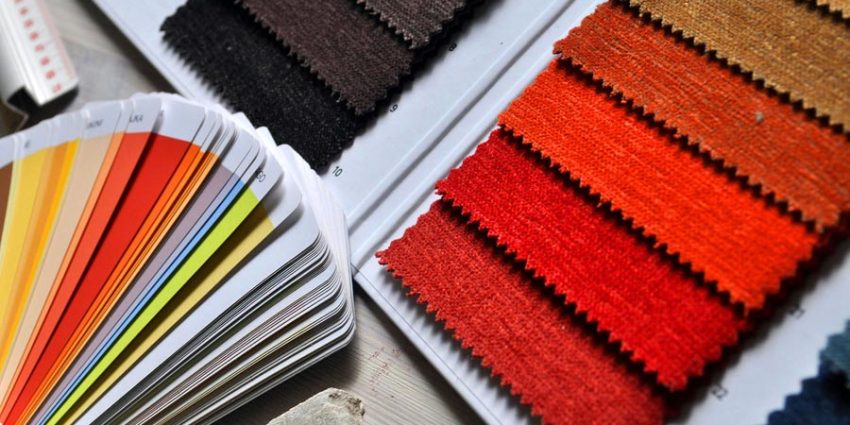Pattern matching in upholstery is an art form, a delicate dance between fabric and craftsmanship. It transforms a simple piece of furniture into a stunning visual experience. Professional upholsterers understand that flawless pattern matching requires skill, precision, and a keen eye for detail. So, how do they achieve this level of expertise?
Understanding the Fabric – The First Step
Before a single stitch is made, professional upholsterers analyze the fabric. Understanding its characteristics—such as scale, texture, and design—is crucial. Here’s what they consider:
- Pattern Scale: Is the pattern large or small? Large patterns require more careful alignment to maintain continuity across seams, while smaller patterns might be more forgiving.
- Fabric Direction: Knowing how the fabric will be oriented on the piece is essential. Some patterns have a directional flow that must be considered when cutting and placing the fabric.
Planning the Layout
Once the fabric is understood, it’s time for strategic planning. This involves laying out the fabric pieces to ensure a cohesive look. Here are key considerations:
Professional upholsterers often create a cutting plan before diving in. This plan outlines how each piece will be cut from the fabric, ensuring that patterns align perfectly.
The alignment of patterns between different sections is crucial. Upholsterers meticulously adjust pieces to ensure the design flows seamlessly, even if it means wasting some fabric.
Techniques for Pattern Matching
Professional upholsterers employ several techniques to achieve flawless pattern matching:
- Pinning and Basting: Before sewing, they often pin or baste fabric pieces together to check alignment. This allows for adjustments without committing to stitches.
- Cutting on the Bias: In certain cases, cutting fabric on the bias can help achieve better alignment, especially with intricate patterns. This technique allows for more flexibility in matching designs.
- Utilizing a Seam Guide: Professional upholsterers use seam guides to maintain consistent stitching and ensure that the fabric stays aligned during the sewing process.
Adjustments During Sewing
Even with meticulous planning, adjustments may be necessary during the sewing phase. Here’s how professionals handle it:
Slow and steady wins the race. Professionals take their time to ensure each stitch is placed accurately, especially when working with patterned fabric.
They regularly pause to check alignment as they sew, making necessary adjustments to keep patterns in sync.
Emphasizing the Importance of Experience
Pattern matching is not just about techniques; it’s also about experience. Professional upholsterers have honed their skills over time, developing a keen sense of how fabrics behave and how to achieve seamless continuity.
- The more they work with various patterns and fabrics, the better they become at recognizing potential issues before they arise.
- With experience comes the ability to think on their feet. When faced with unexpected challenges, seasoned upholsterers can quickly adapt and find solutions.
Conclusion
Pattern matching in upholstery is a blend of art and science. Professional upholsterers approach this task with a combination of knowledge, strategic planning, and skilled techniques.
When you invest in professional upholstery, you’re not just getting a piece of furniture; you’re getting a masterpiece, one that reflects the true craftsmanship behind pattern matching.

